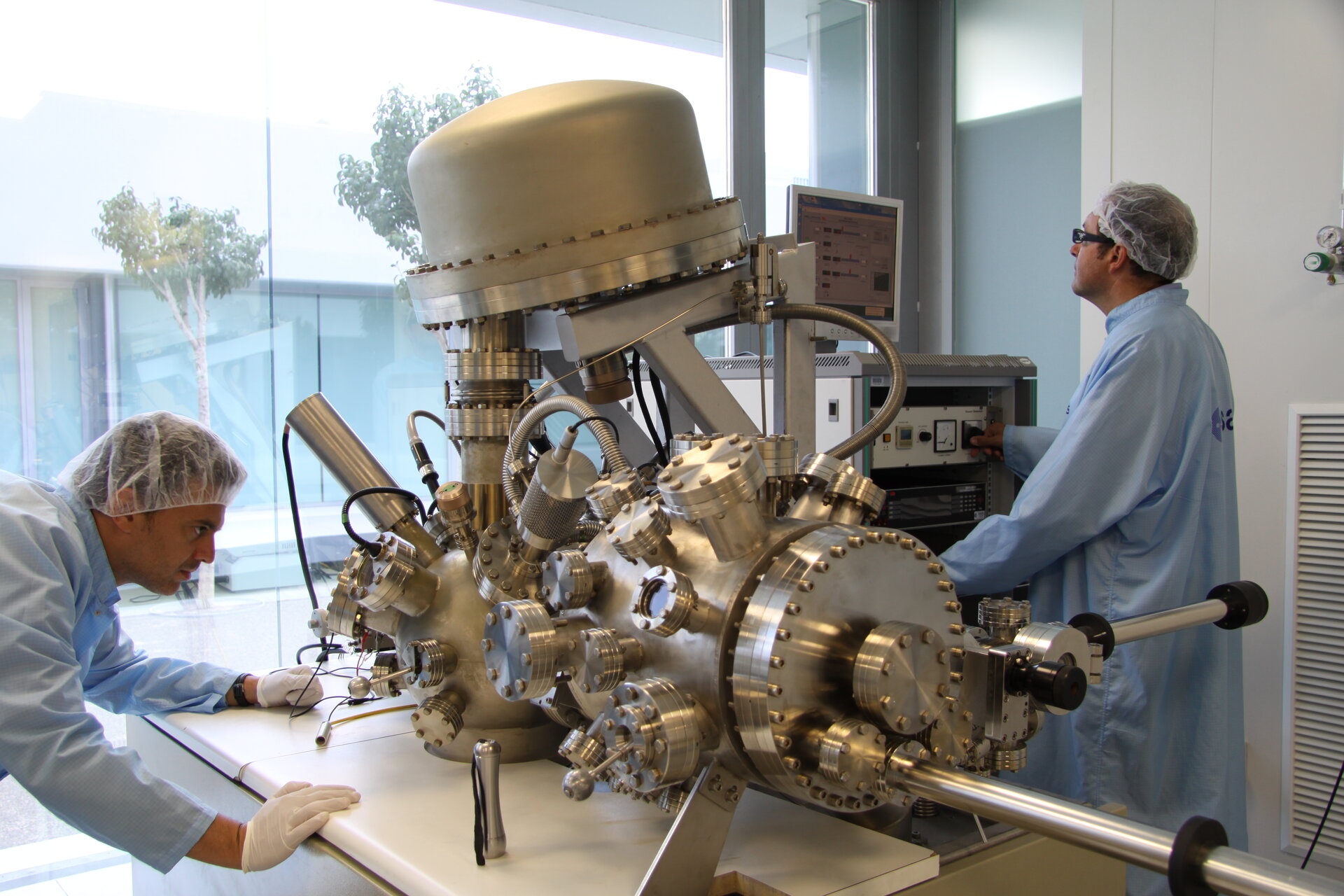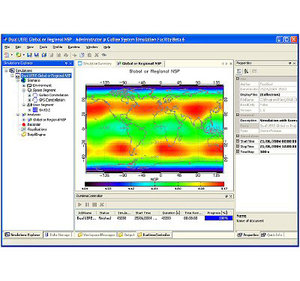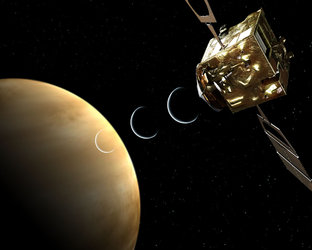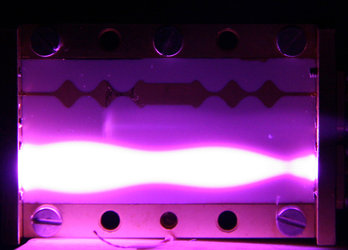Focused on high-power radio, ESA’s newest lab opens in Spain
ESA’s newest space technology facility has been inaugurated in Valencia, Spain. The ESA– Valencia Space Consortium High-Power Space Materials Laboratory is specially equipped to investigate how different materials endure the potentially destructive effects of operating powerful radio systems in space.
The 9 July event was attended by the Valencia Regional Minister of Education and Employment, Maria Jose Catalá, representatives fromValencia City Hall; the University of Valencia and the Valencia Polytechnic University.
Also present were ESA’s Director of Science and Robotic Exploration, Álvaro Giménez, the Head of ESA’s Electrical Engineering, Carla Signorini, and the president of Spain’s Centre for the Development of Technological Industry and Secretary General for Science, Technology and Innovation, Román Arjona.
“The strong electromagnetic fields of modern multi-kilowatt satellite communications systems can harm nearby materials through phenomena such as ‘multipactor’ – where free-floating electrons are accelerated to begin an erosive chain reaction,” said David Raboso, managing the laboratory for ESA.
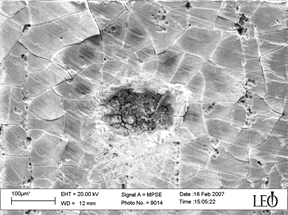
“New protection techniques are required to safely build future designs with still-higher power and performance.”
The new 75 sq m laboratory is based at the Engineering School of the Burjassot–Partnera Campus of the University of Valencia.
Its facilities include a class 100 000 cleanroom (meaning its filtered air is 350 times cleaner than the average urban street) for the contamination-free handling of hardware built for space.
A multimode X-ray Photoelectron Spectrometer can determine the surface composition of materials down to the atomic scale, and an Evaporator can grow crystalline or metal films for testing coating techniques.
The laboratory is also equipped with a vacuum chamber and mass spectrometer to study ‘outgassing’ under vacuum in order to evaluate the time taken to for devices to reach ‘safe’ levels – any residual gases could contribute to harmful effects.
The laboratory’s main role is to support current and future ESA projects, such as candidate materials testing for the BepiColombo mission to Mercury, whose radio systems will have to operate under sustained high temperatures of up to 400ºC.
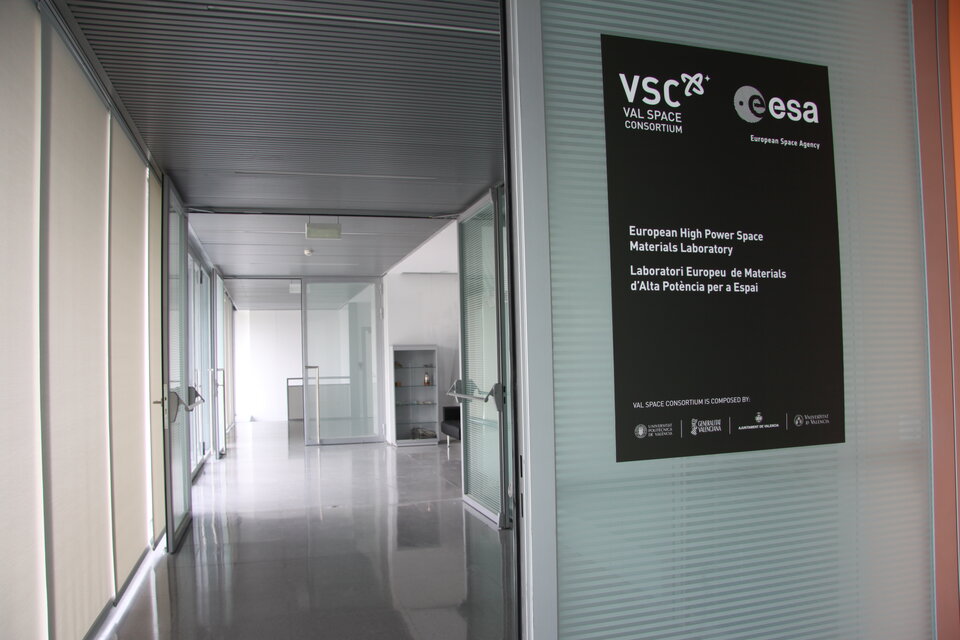
In addition, the work of the laboratory contributes to knowledge transfer to the commercial sector, potentially contributing to new European patents within the space sector. Its state-of-the-art equipment renders it a leading authority in its field.
This new laboratory is part of the ESA Radio-Frequency Payload Laboratories and it complements the existing ESA–Valencia Space Consortium (VSC) European High-Power RF Space Laboratory, which opened two years ago in Valencia, a centre of excellence for the study of high-powered radio-frequency systems that was relocated from ESA’s ESTEC technical centre in Noordwijk, the Netherlands.
VSC is a non-profit organisation set up by the region’s two universities along with the municipal and regional governments.
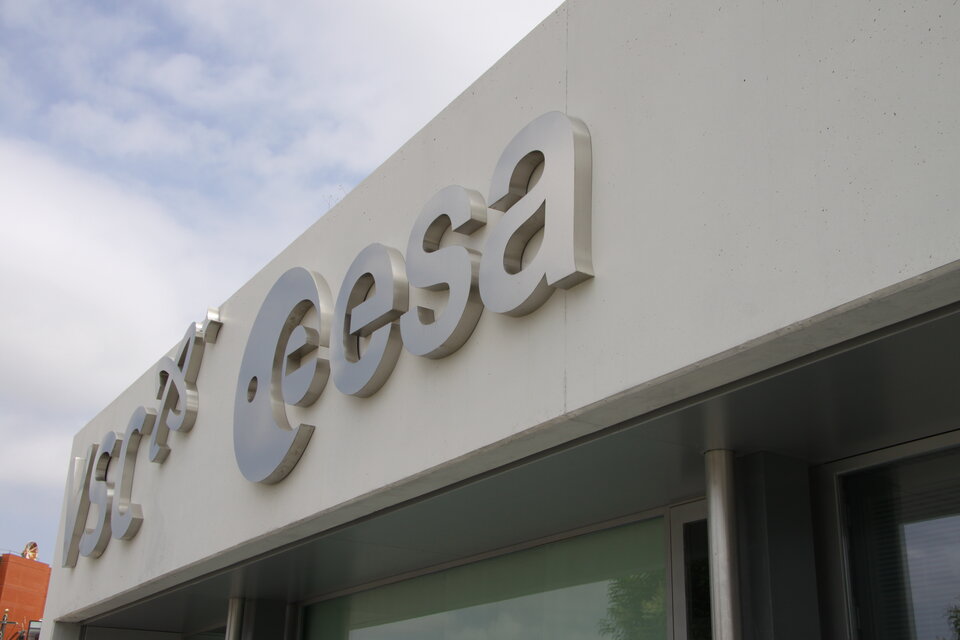
Since ESA and VSC began working together, their shared facilities have performed 31 test campaigns for the global aerospace industry with more than 200 laboratory tests, far exceeding initial expectations.
As well as being part of ESA’s laboratory network, the Valencia facilities are also making important research and development contributions with research groups of other regional, national and European universities.
They are also generating opportunities for postgraduate training and the introduction of college students to the aerospace field.
In particular, University of Valencia and Technical University of Valencia researchers working in these labs are part of a research microcluster on high-power RF signals that extends across all Valencian universities.
The ESA–VSC European High-Power Space Materials Laboratory has also been co-funded by the European Regional Development Fund of the EU.


